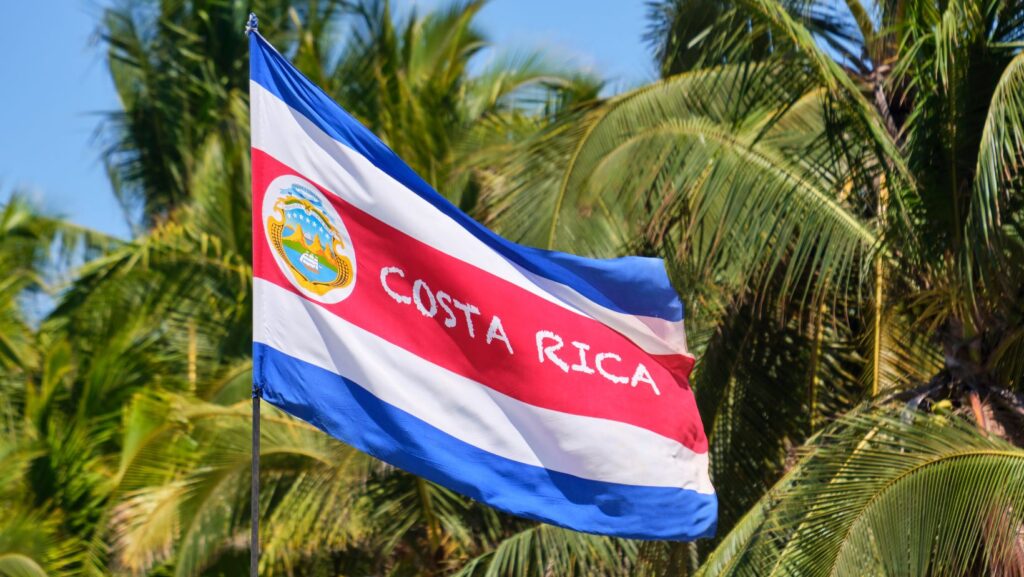Costa Rica Travel Tips
Perched in Central America, Costa Rica, spanning across just 51,100 square kilometers, offers a varied landscape. These include mountains graced with lush forests to the beaches kissed by clear turquoise water, proclaiming it a haven for travelers.  Costa Rica’s population rounds up to approximately 5 million, with Ticos and Ticas, as locals are often called, renowned for their friendly and welcoming demeanor. San José, the capital city, lays claim to an array of cultural attractions, such as museums, parks, and a thriving night scene.
Costa Rica’s population rounds up to approximately 5 million, with Ticos and Ticas, as locals are often called, renowned for their friendly and welcoming demeanor. San José, the capital city, lays claim to an array of cultural attractions, such as museums, parks, and a thriving night scene.
Typically, Costa Rica experiences a tropical climate throughout the year, with two prominent seasons: Dry and Wet. The dry season, also dubbed as the ‘summer’ by locals, runs from December through April. Yet, despite being the dry spell, the period witnesses a substantial influx of tourists due to pleasant weather, which favors outdoor excursions. Conversely, the wet season, or ‘winter’ as referred to locally, falls from May to November. While this phase might experience less traffic, the odds of encountering authentic local experiences rise considerably. The choice perhaps depends on the traveler’s preference, balancing the allure of pleasant weather against the charm of authenticity.
Essential Costa Rica Travel Tips
Unveiling the adventure that Costa Rica holds mandates a firm grasp of important travel tips. This section delves into pivotal information on language and currency, as well as etiquette and cultural tips. Understanding the primary language and handling the local currency can make travel experiences seamless. In Costa Rica, Spanish is the main language, although English is widely spoken in tourist destinations. For visitors unfamiliar with Spanish, downloading a language translation app would offer substantial assistance.
Currency-wise, Costa Rica uses the Costa Rican colón (CRC). Many places accept US dollars, but for small businesses and in rural areas, local currency is preferred. Credit and debit cards are also widely accepted, making it potentially unnecessary for travelers to carry large sums of cash. However, it’s advisable to check the applicable fees with the banks before traveling. Additionally, ATMs are easily found in cities and larger towns.
Understanding customary practices and local etiquette is crucial for a respectful and enjoyable trip. Costa Ricans, or Ticos, appreciate politeness. Use common courtesies like saying “por favor” (please) and “gracias” (thank you). It’s also common to greet others with a smile and a simple “hola” (hello). Costa Rica stands firmly in preserving its environment, with progressive sustainability practices. Tourists should aim to respect this by following eco-friendly measures like recycling and avoiding littering. Dress conservatively when visiting small towns and churches. Costa Rica does not encourage topless sunbathing or nudity on public beaches. Cultural sensitivity, respect for the environment, and graciousness can open the door to a memorable Costa Rican experience. Following these tips is the first stride towards an unparalleled travel journey in Costa Rica.
How to Plan Your Trip to Costa Rica
Planning your trip to a paradise like Costa Rica involves understanding travel arrangements and legal requirements. This section offers insights into booking flights and accommodations, as well as the necessary travel documents. Securing flight tickets and accommodations ranks among the first steps in your Costa Rica travel plan. Opinions vary regarding the best time to book flights, with an average of 54 days in advance offering a balance of price and availability according to Skyscanner data. Costa Rica’s international airports, Juan Santamaría International (SJO) and Daniel Oduber Quirós International (LIR), serve as key arrival points.
Accommodations in Costa Rica range from high-end luxury resorts to budget-friendly hostels. Booking platforms like Booking.com, Airbnb, and local site Costa Rican Vacations offer a spectrum of options to suit varying budgets and preferences.
Smooth entry into Costa Rica necessitates certain travel documentation. All visitors require a valid passport with a minimum of one blank page for entry stamp. Notably, the passport must retain its validity for at least six months beyond the planned travel dates.
Additionally, travelers must possess return or onward tickets and proof of sufficient funds ($100 per month of stay). Despite Costa Rica being part of the Central American Border Control Agreement (CA-4), it maintains distinct entry requirements. Specific countries may necessitate additional documents, such as a tourist visa, ensuring a review of Costa Rica’s embassy or consulate guidelines for the traveler’s country of residence. Avoid travel snags by keeping digital and hard copies of all the necessary documents. The journey to Costa Rica’s astounding wildlife and mesmerizing landscapes begins with meticulous and informed planning.

